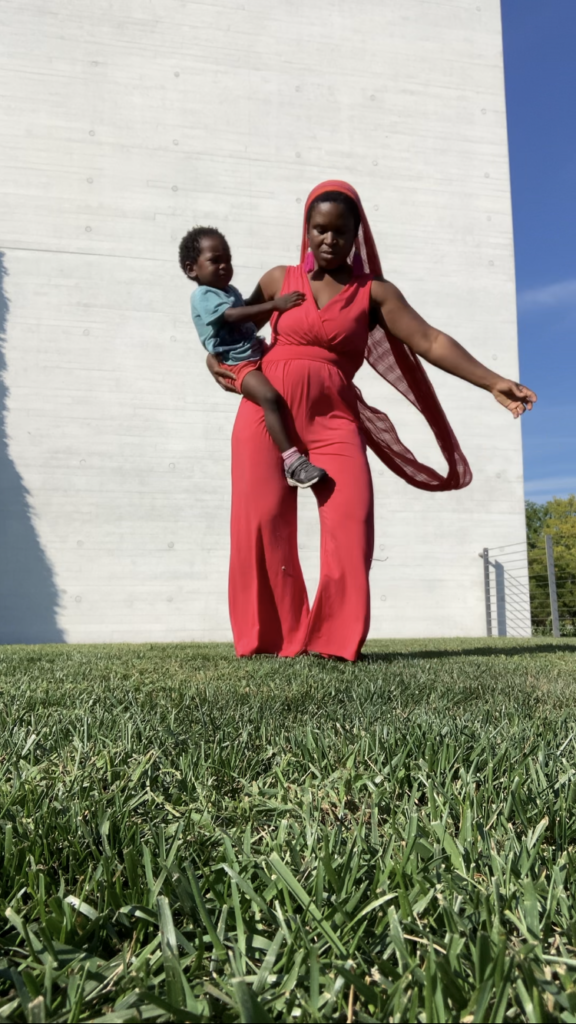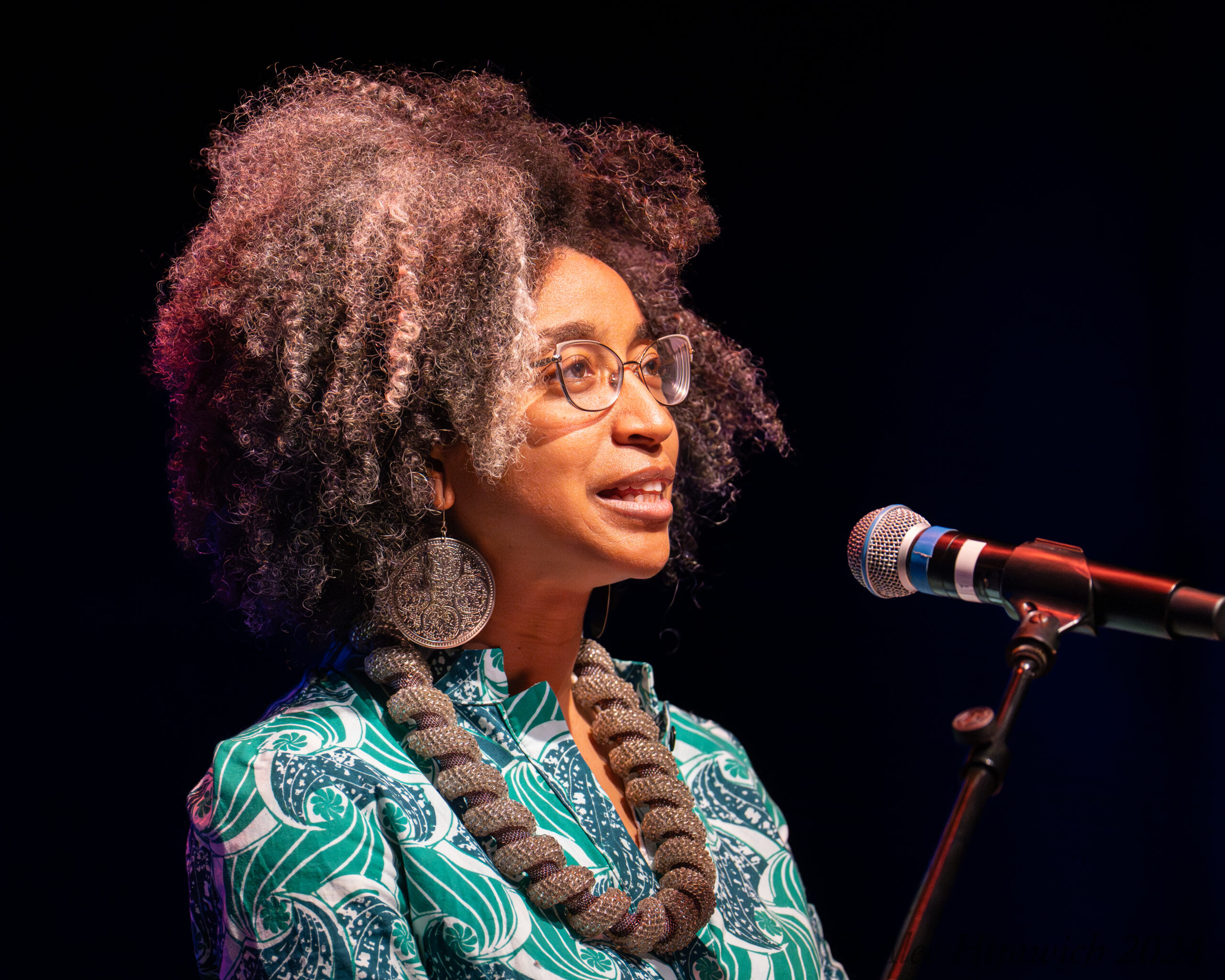Place Matters: Exploring the Geography of the Body at the 2024 CADD Conference
For its 2024 conference at Duke University, Collegium for African Diaspora Dance (CADD) issued a call to Black dance artists, scholars, educators, and writers: How does place matter in our practices?
Held over a mid-February weekend, “Body Geographies | Mapping Freedoms” considered the critical role of place in the making, sharing, reception, and support of dance. Black feminist poet Alexis Pauline Gumbs gave the opening keynote, restating a familiar, still inescapable question: “How do I do my work in a sterilized, colonized place [where we are] always putting ourselves together in front of the white gaze?”
The gathering featured numerous in-person and virtual presentations, workshops, discussions, and films. Sessions explored the histories and achievements of Black creatives and institutions, such as Ann Williams’ Dallas Black Dance Theatre, that have had significant impact beyond New York City’s spotlights. Speakers also examined how geographic or architectural location shapes emerging work and its audiences, and how the dancing body itself can serve as site, as archive, and as sensitive, dialogic response to environment.
Unable to attend in person, I took nearly every opportunity to visit CADD’s richly curated virtual spaces. These ranged from Makayla and Meleyah Peterson’s euphoric celebration of Trinidad and Tobago’s soca “riddims” to a screening of North Carolina dance artist Jasmine Powell’s dream/nightmare film, The Road We See, full and monumental despite lasting no more than a minute.
Jessica Lemire—an Australia-based dancer of African American, Cherokee, and French heritage—invited us to unlock our pelvises and shimmy with the “more-than-human” world of animals, oceans, wind, buildings, and ancestors, to heal not only ourselves but seven generations before and after us. Filmmaker Roxy Régine Théobald, French Caribbean by way of Ireland, spoke of connecting to ancestry as key to awakening her spine, processing trauma, and clarifying her physical vision.

CADD encouraged expansive awareness of space, of one’s body, of who dances, of what dance is for and what it can do—all grounded in Black diasporan experience and values. Binahkaye Joy’s presentation intrigued me the most. The Washington, DC–based force of nature identifies as “spatial architect, dancing mother, visionary space activator, fertility priestess, midwife, sacred nourishment practitioner, afrofuturist bush mother, ringshout synergist, and radiant superconductor of divine creation intelligence.” That’s not all: “…a budding astronomer…fascinated by the correlation between the birthing of stars and the creation of our fertility codes, Mother Mother is also a writer, sacred storyteller, communiographer, soft-time practice portal developer, fertile soundscape artist” and many other head-spinning descriptors.
What caught my breath, and my heart, was Joy’s uncomplicated pride in her body—“at the center of my labor”—as a place of generous size and overall generosity. Raising five children— her “munchkins,” with names like Jubilee and Luminous Glory—she regularly welcomes them into her dances. The film of her installation performance Elemental, features her either breastfeeding while dancing or wearing a baby pouch as she moves. No “solo” ever goes unvisited by a kid or two tripping through it, and the privacy of a bedroom, with its “birthing altar,” opens to public view as space for “honoring abundance and finding agency in it.”
Joy told us that as a child, she felt self-conscious because of her dark skin: “Am I beautiful enough?” What’s beautiful today—aside from, yes, that skin—is the way she opens minds and possibilities for dance artists and those of us who witness.
Scholar, educator, and artist Halifu Osumare, who offered the concluding keynote, advised us to “go beyond a limited consciousness,” citing cultural icons such as Star Trek’s Nichelle Nichols, musician Sun Ra, novelist Octavia Butler, painter Kerry James Marshall, and filmmaker Ryan Coogler. “Never forget our life blood is the ancestors,” she said. We must press ever forward with Black imagination and ingenuity in the spirit of hope.
“It’s important to creatively design our future,” Osumare said. “Black dance can be anything…that we are called to do.”




